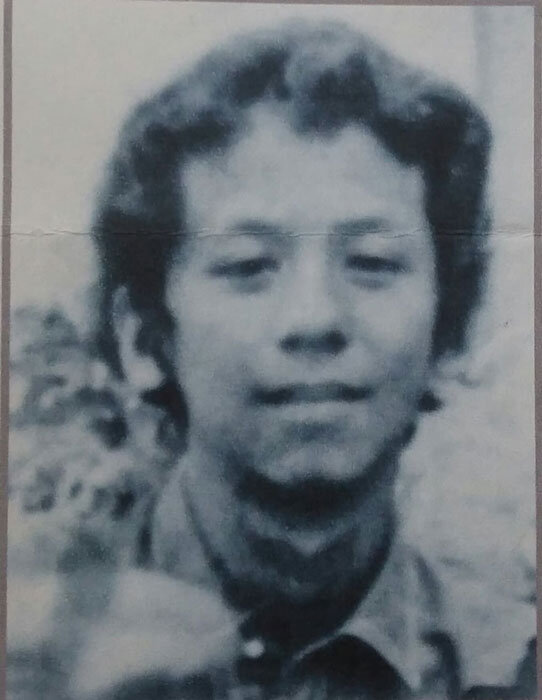Martial Law Stories: Days of Dread
/Soon, one of my five brothers would arrive in our house in a jeep. He was in drag—a blonde wig, a woman’s dress, his lips pursed so tightly and his hands clasped on his lap to control shaking and twitching due to extreme nervousness. The driver of the jeep was a neighbor in Area 1, a residential section of UP Diliman. I learned later, from his testimony in a Christian program that he was in the Order of Battle of the military.
My brother said that late the previous night, uniformed armed men knocked on the door of our house and took my mother. While she was preparing to go with them, this brother and another one, the youngest, broke the glass jalousies of their window and escaped into the night, going separate ways. They left for fear that they would also be taken.
Lorenzo Bonifacio "Nik" Lansang
My mother, Flora Lansang, was then the Assistant Dean of Student Affairs in U.P. and quite encouraging and supportive of the nationalist and militant officers of the student council and their constituent students who were critical of the corrupt and authoritarian government. She was also a member of SAGUPA or the Samahan ng mga Guro sa Pamantasan.
Dean Flora Lansang
She was detained in Camp Crame for about 10 months before being placed under house arrest. She said she was released because she knew then Philippine Constabulary Chief Lt. Col. Fidel V. Ramos as they both attended the same church when my mother was still young. He was visiting the detainees and told her their church mates were clamoring for her release.
My youngest brother Lorenzo (Nik), one of the two who escaped that night, went underground. He dropped out of the Philippine Science High School and organized among the poor in Tondo and later became a resistance political officer in the Southern Tagalog Region. In 1976, he was killed together with five other activists in Mauban, Quezon. The story told was that they were trailed from Manila as they brought rice, salt and other supplies to their comrades in the countryside.
My mother was able to recover his body and those of the others who were killed with him, again with the help of PC Chief Ramos. Their bodies were in a common grave; my mother had them placed in individual coffins. From Quezon, she delivered the other bodies to their parents. I know for one that the body of a girl who died with the group was brought back to her family at the Canlubang Estate.
My brother’s shirt, which helped my mother recognize his decomposing corpse, bore two rows of holes in an X mark at the back and much larger ones in front where the bullets must have exited. Either he was lying face down on the ground or standing with his back to his executioner. Or maybe he was ordered to run so they could say he was trying to escape.
After Marcos fled and Cory Aquino became president, the Bantayog ng mga Bayani Foundation was established to honor those who died during those dark days. They built a Wall of Remembrance in memory of modern-day martyrs. I am proud to say that my brother’s name was in the first batch of those memorialized on the wall, along with Ninoy’s. You will also find a short bio with his picture in the museum.
Liza, Ching (Teodoro's/Bani's daughter and wife, respectively) and Mommy Flora in Utrecht, Netherlands in 1997
I will end here, but I must tell you that my second older brother, Teodoro (Bani), was already underground when Martial Law was proclaimed. His wife and baby daughter were arrested and detained during a raid on the house where they were staying. She was released many years after detention on humanitarian grounds, after a signature campaign spearheaded by Amnesty International.
My only sister Nina was also picked up on her way home from the Development Academy of the Philippines where she worked. For seven days we did not know where she was. That’s how Martial Law was. She was brought to a military camp in the south and was only released months later in the custody of an uncle who had worked in the law office of then-Secretary of National Defense Juan Ponce Enrile.
This piece was written for a forum on martial law organized by young people in 2018.
Risa Lansang-Reyes is the 6th of seven Lansang siblings. She is a retired science education specialist of the UP National Institute for Science and Mathematics Education Development.





